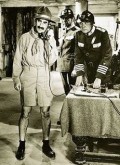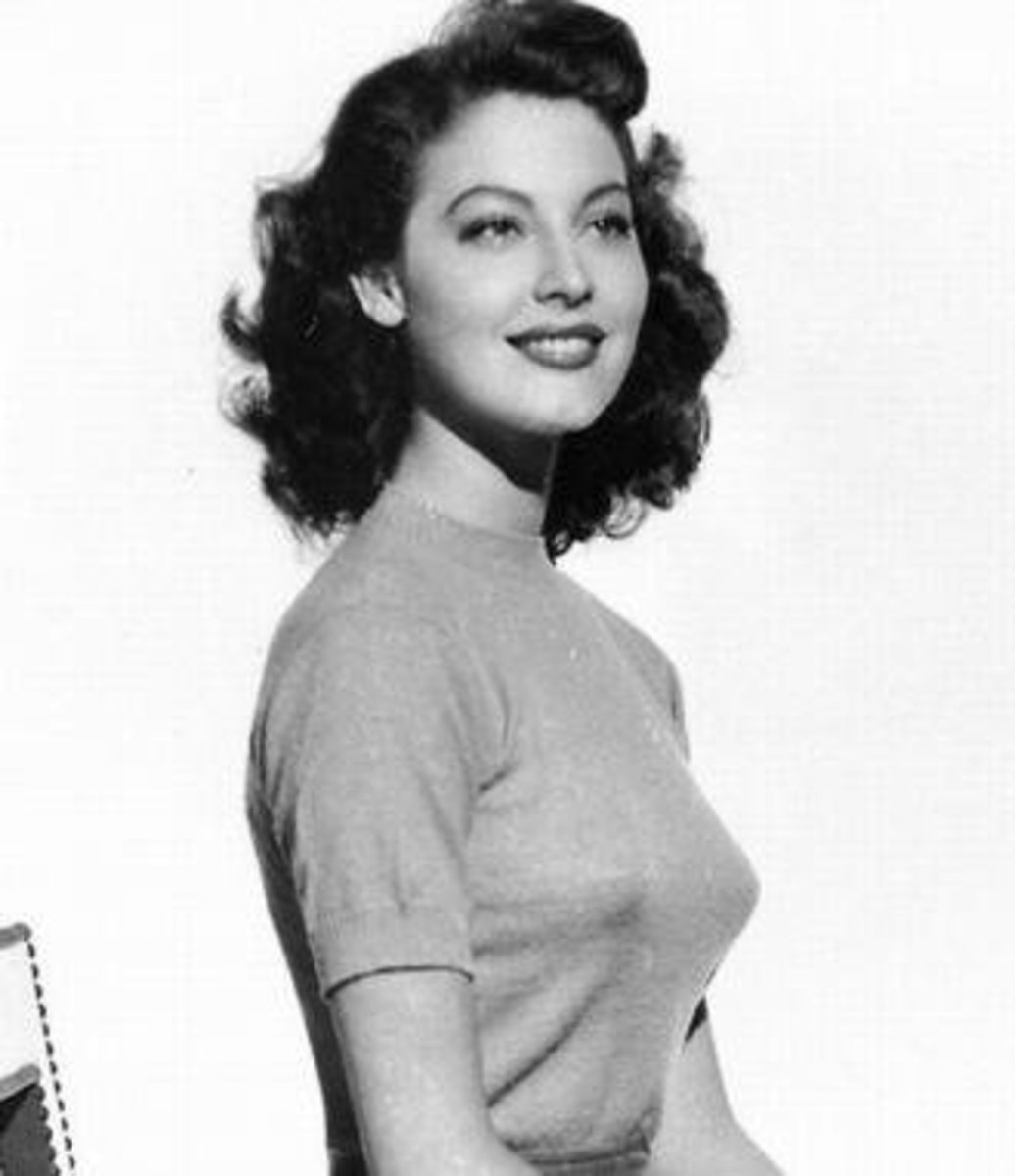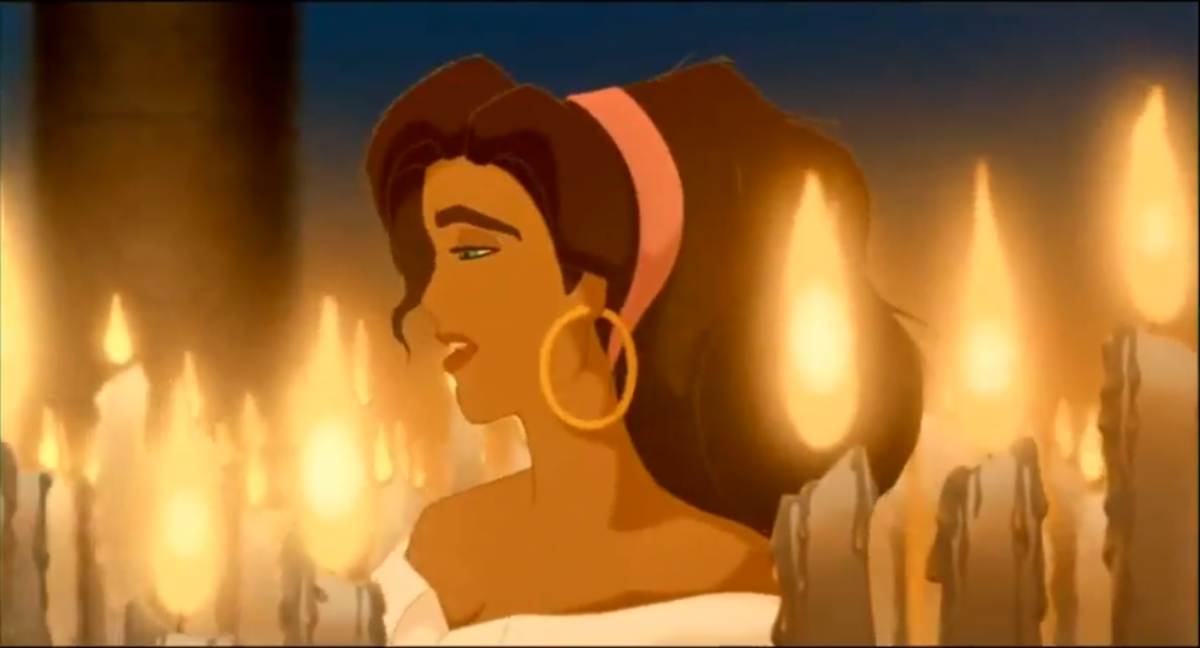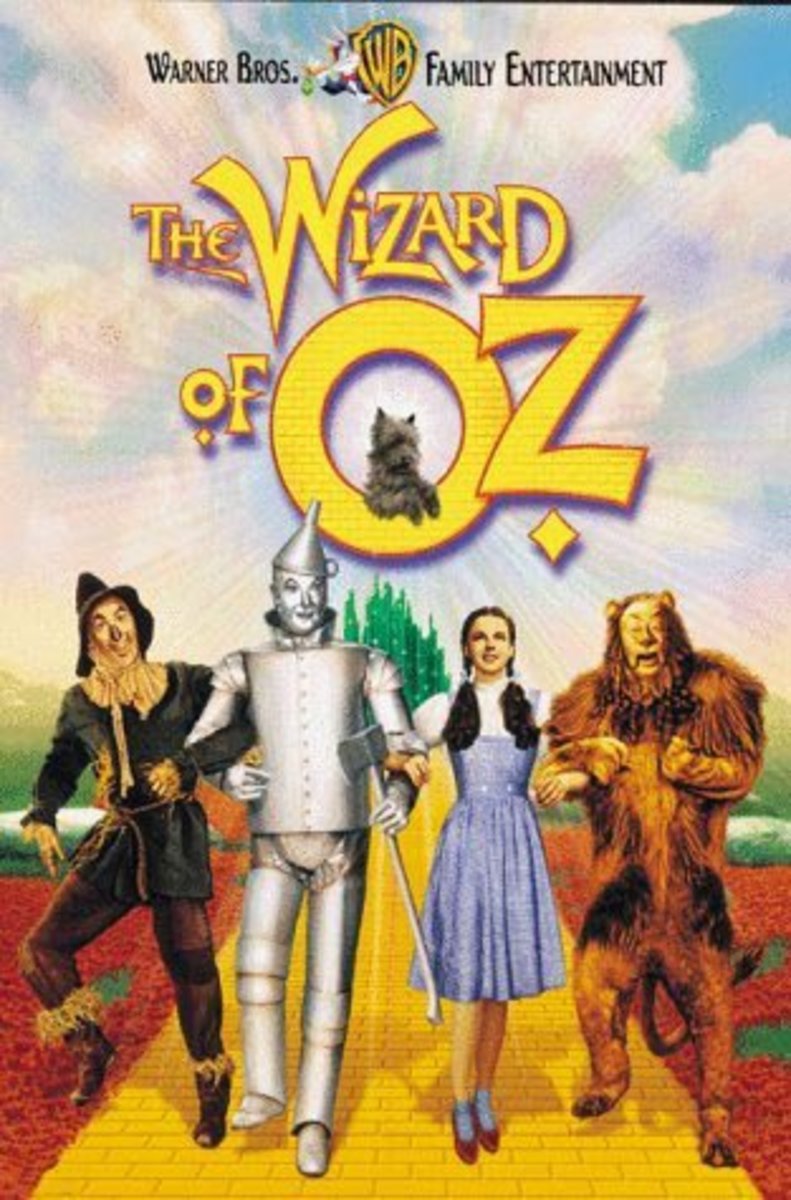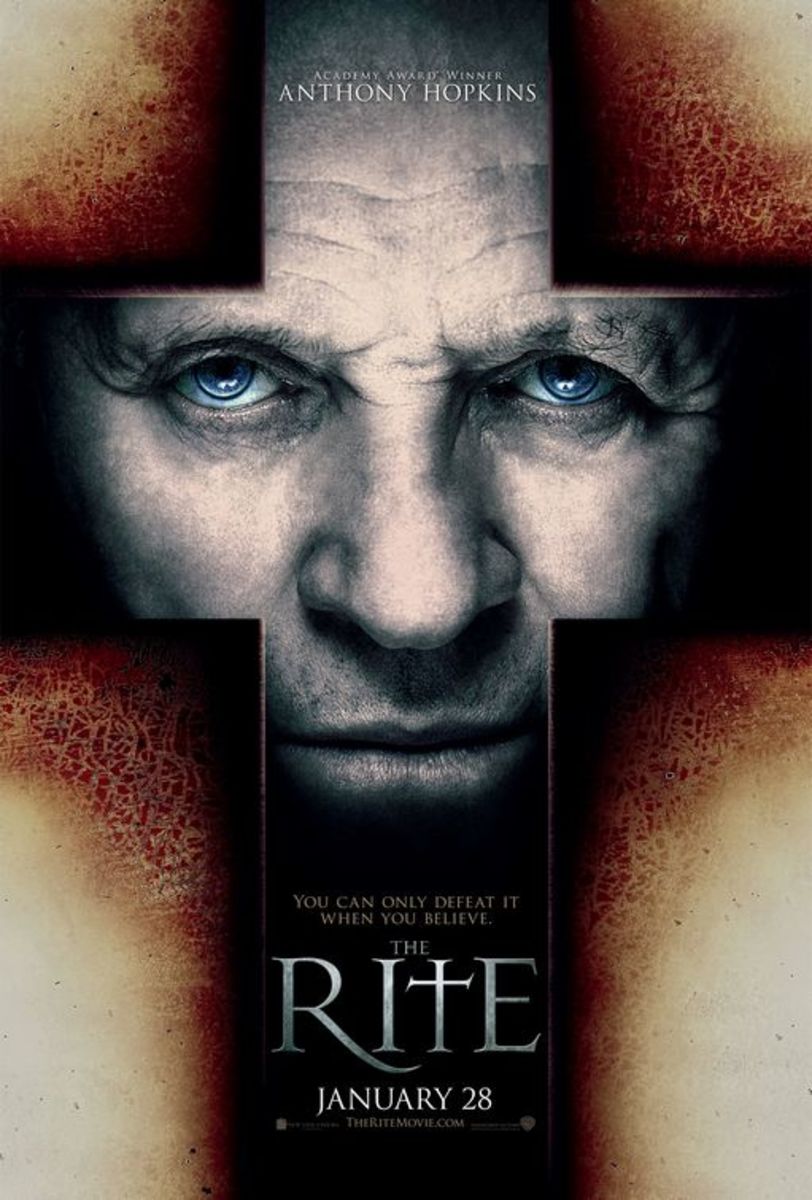The Mystery of the Murderous and the Femme Fatale: How Film Noir Changed Movies For the Better
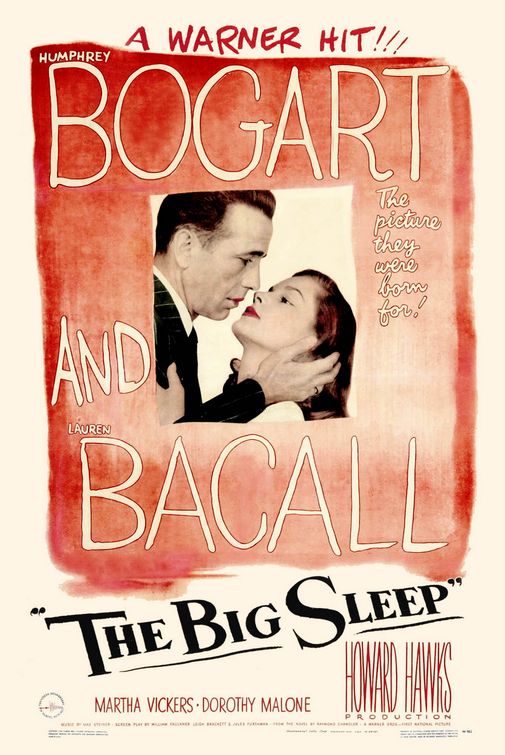
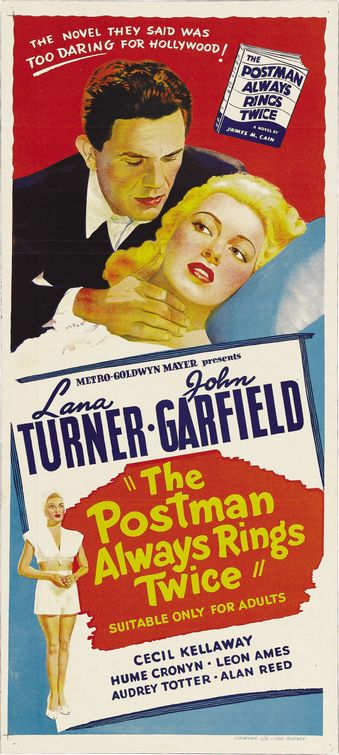
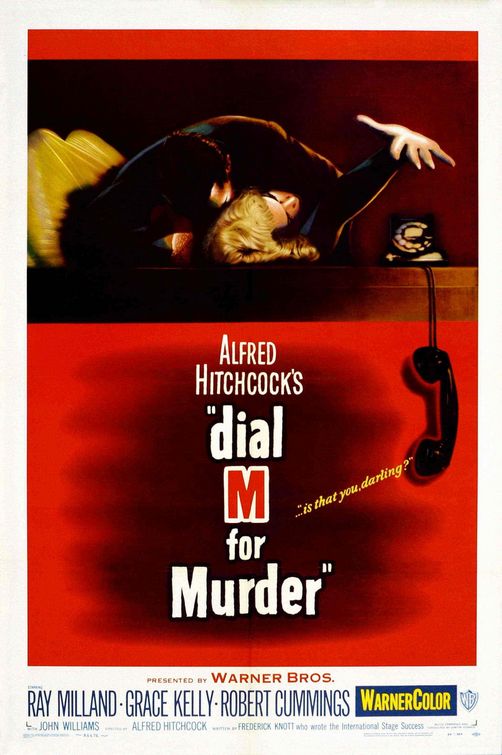
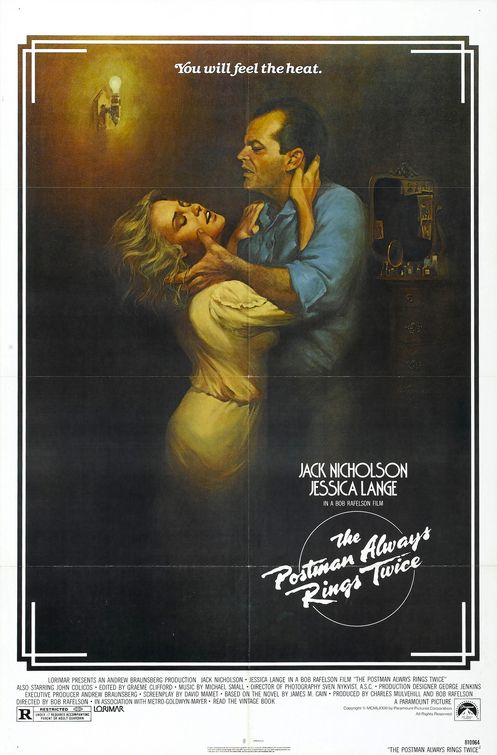
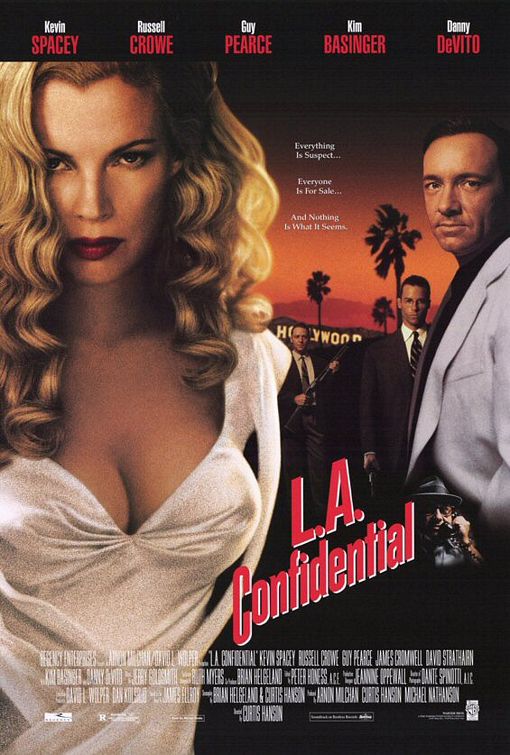
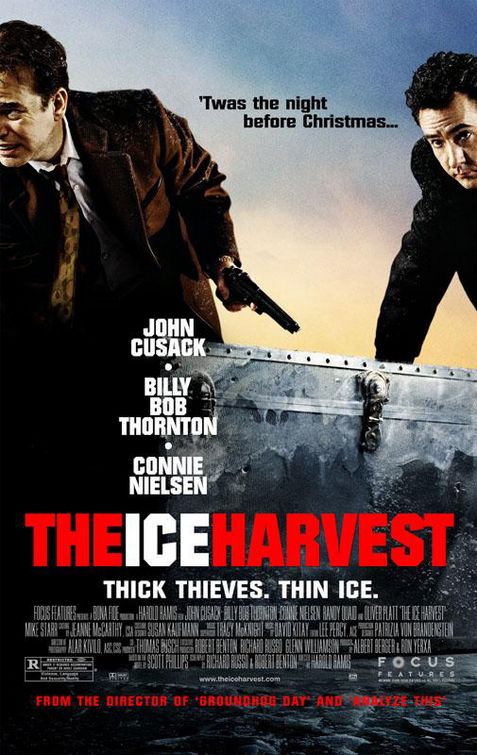
What is film noir? It's a type of film that takes audiences through both the glamorous as well as the seedy underworld universes that many people bounce between. Sometimes this bouncing back and forth leads to consequences that led to the ultimate insider (the private detective) getting into the mix to decipher what's going on. Of course, that insider has to decide whether they're on the right or the wrong side of the law as well. This is what makes film noir so great, because the audience doesn't always know who to root for. Everyone is flawed in the end.
When a film noir works, it's a wonderful sight to watch on the big screen. If there's anything wrong with the movie, it unfolds like a bad car wreck. A prime example would be The Black Dahlia which mixed bad casting (Hilary Swank and Scarlett Johansson in mismatched parts) and an unevenly paced script that was all over the place. It's a shame because it had the potential of being something big, but the execution just wasn't there. Read on for the three elements that make a film noir work like a charm or turn into fool's gold by the end credits.
The Anti-Hero- This element of film noirs usually followed some flawed private investigator or a cop with a vice that could undo them in the end. Usually, it's the love of a femme fatale who could kill them with a single look. In 2005's The Ice Harvest, John Cusack played one half of a criminal partnership trying to commit the ultimate robbery. The plan starts to fall apart and the arrival of the mysterious Renata (Connie Nielsen) uses her looks to lure him with an ulterior motive behind it. Sure, Cusack's character has enough flaws to make him dislikable, but it's to his credit that the audience wants to root for him to survive no matter what because he tries to do the right thing even when it's wrong. John Garfield and Jack Nicholson both attempted to give the drifter with a past in both versions of The Postman Always Rings Twice a soul, even when they plotted murder. In terms of good versus evil in noirs, it always best to look under the surface to get a fuller picture. It's worth the look.
The Bombshell- It's understandable why blonde bombshells like Lana Turner, Jessica Lange and Grace Kelly can make a regular man go murderous. Lana Turner and Jessica Lange played damaged housewife Cora who just wanted too much: love, sex and money. Did both versions really love Frank or was it just a relationship of convenience? The audience never really knows, because it's the one mystery that shouldn't be solved. Grace Kelly, on the other hand, played a more demure femme fatale who didn't really know she was one. In Dial M For Murder, she was an unhappy housewife who stumbled into an extra-marital affair that marked her for death with her vengeful husband. Overall, Kelly's character was a reasonably good character, except for her one indiscretion. A more modern version of those bombshells is Kim Basinger's hooker with a heart of golf in 1997's L.A. Confidential. She's stuck between her feelings for the brutish cop Bud White (Russell Crowe) who could truly love her and being caught in a murder/blackmail scheme that could get her killed for being a pawn.
The ultimate purpose of the femme fatale is to give the main character someone to spar and spark with. That's why The Big Sleep ultimately worked. Sure, it had a killer murder/blackmail mystery, but it the onscreen magic of Humphrey Bogart and his regular onscreen/offscreen partner Lauren Bacall. Their chemistry was off-the-charts. Case closed.
The Plot- The one thing that's more essential than a great cast is an even better story to keep audiences in their seats. Sunset Boulevard had one of the best openings that reeled people in: a murder mystery told through the voice of the dead via flashback. Leading Man William Holden was found dead in the swimming pool in the very beginning and the story flashed back to how he ended up there. The audience couldn't help but get sucked into the plot because they wondered if his character truly deserved to die, or was just a victim of poor circumstances. L.A. Confidential's story started off with a brutal mass killing in an all-night diner that evolved into a longtime police corruption scandal that even touched the most shocking of individuals. No one was safe from it, especially the so-called good guys.
The only catch-22 with the blackmail/murder plot is that it can duplicated over repeatedly with sometimes inferior results. Luckily, that's not always the case. The Postman Rings Twice's plot has been copied in such films as Double Indemnity, Body Heat and a same name remake. They all sold the idea of sex, adulterous risk and a murder that led to disaster. Still riveting to watch nonetheless.
In the end, film noirs are few and far between to find because audiences are nowadays often searching for the sunnier side of films to avoid thinking about economic chaos out in the real world. Let's face it. No one wants to always deal with the dark and dangerous behavior that a lot more are surprisingly capable of. Instead of going to the big screen, audiences can just turn on their television and watch some reheated tv movie based on the latest crime novel series to get their mystery solving skills warmed up (John Sandford's Certain Prey). The best solution is to always resort to the classics to get your film noir fix while searching for newer material (Drive and Brick to name a few) to add to your collection. Start watching at your own risk.


